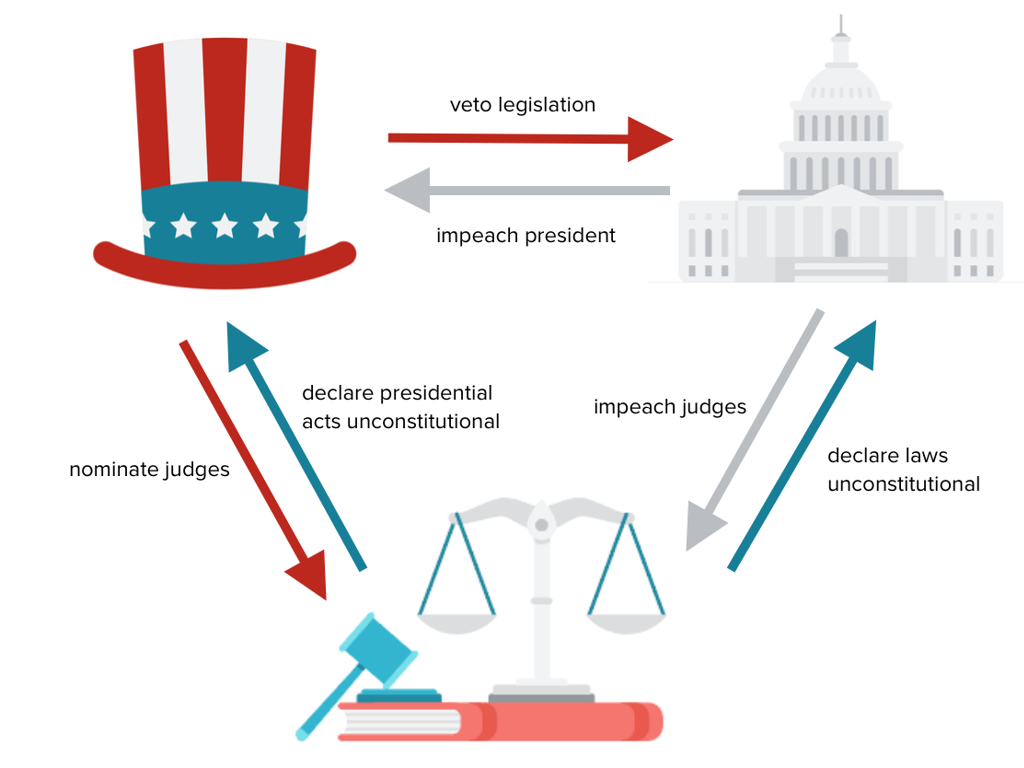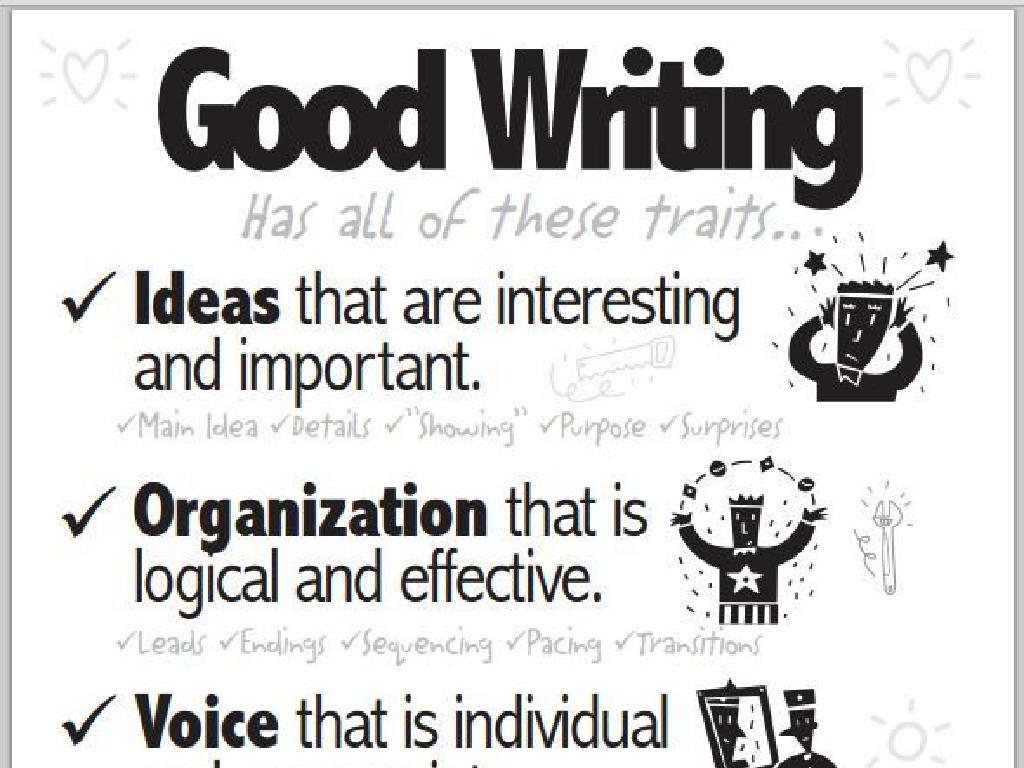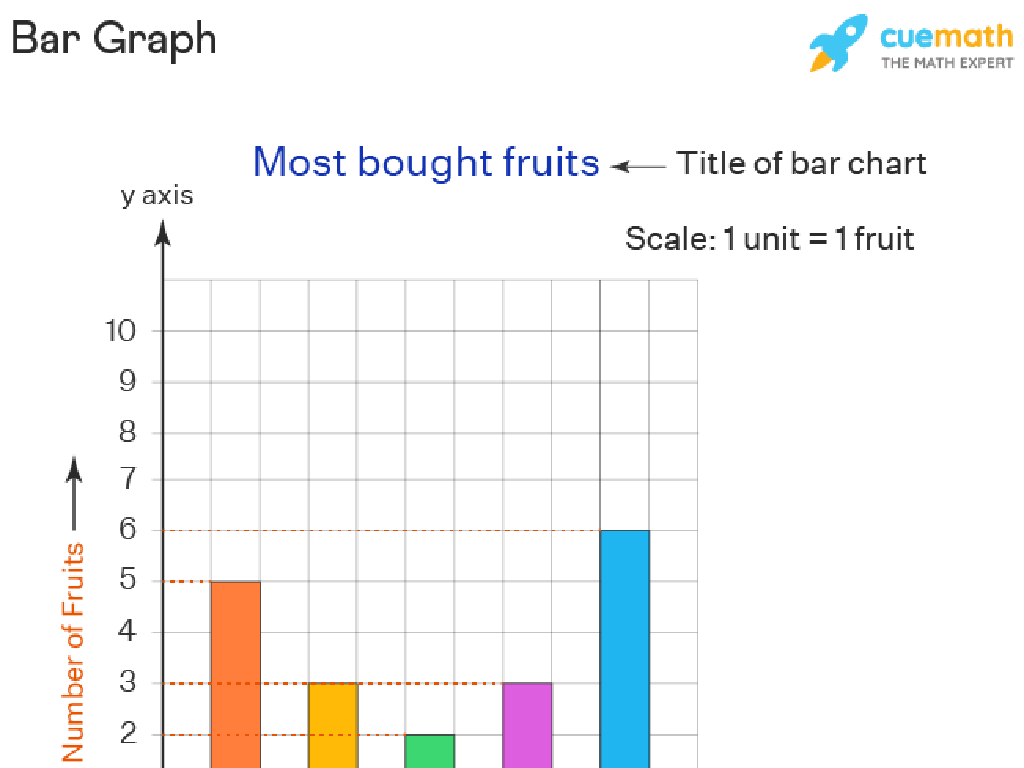Sort Objects By Texture
Subject: Science
Grade: First grade
Topic: Materials
Please LOG IN to download the presentation. Access is available to registered users only.
View More Content
Exploring Materials and Textures
– Learn about material types
– Feel how each material is different
– Is it rough, smooth, soft, or hard?
– Understand what texture means
– Texture is how the surface of a material feels to touch
– Sort objects by their texture
– Use texture to group things like soft cotton and rough sandpaper
|
This slide introduces students to the concept of materials and textures in a tangible and interactive way. Begin by explaining that materials are what objects are made from, like wood, plastic, or metal. Encourage the students to touch and feel different materials to notice the texture. Explain that texture describes how something feels – such as rough, smooth, soft, or hard. This will help them understand how to sort objects based on the way they feel. Plan a hands-on activity where students can handle objects made of different materials and practice sorting them into groups based on their textures. This activity will enhance their sensory vocabulary and observational skills.
Exploring Textures
– What is texture?
– Texture is the feel of a surface or material.
– Types of textures
– Textures can be smooth like glass, rough like sandpaper, soft like cotton, or hard like a rock.
– Examples of textures
– Let’s touch and describe items like a sponge, a stone, a piece of silk, and a pinecone.
– Activity: Feeling textures
– We’ll pass around objects and talk about their textures!
|
This slide introduces the concept of texture to first graders. Start by explaining that texture refers to how the surface of something feels to the touch. Provide a variety of examples to illustrate different types of textures such as smooth, rough, soft, and hard. Use tactile examples that children can relate to, like common classroom items or things they might find in their environment. For the activity, have a selection of objects with distinct textures for the children to feel and describe. This will help them understand the concept of texture through direct experience. Encourage them to use their new vocabulary to describe each object’s texture.
Exploring Textures in Our World
– Textures are everywhere
– Bumpy, smooth, soft, hard
– Like a rough rock or a slippery soap
– Touch to discover textures
– We’ll touch items like fabric, wood, and more
– Learn by feeling objects
|
This slide introduces the concept of textures to first graders, emphasizing the tactile aspect of learning. Encourage the students to use their sense of touch to explore different materials and objects provided in the classroom. Provide a variety of items with distinct textures such as cotton balls, sandpaper, silk, and sponges. Guide them to describe the textures they feel and categorize the objects based on their textures. This activity will help them understand that the world is made up of many different textures and that texture is a key property of materials. It’s a hands-on experience that will engage their senses and enhance their descriptive vocabulary.
Sorting by Texture
– Sorting objects by feel
– Group smooth and rough separately
– Like grouping pebbles and cotton balls
– Sorting for organization
– Understanding our world through texture
– Textures tell us about object use and material
|
This slide introduces the concept of sorting objects based on their texture, which is how they feel to the touch. Explain that texture is a property of the surface of an object and can be described as smooth or rough. Provide examples of smooth objects like glass marbles and rough objects like sandpaper. Emphasize that sorting by texture helps us to categorize and make sense of the different materials in our environment. It’s a skill that can help students to be more observant and to understand the practical uses of various objects based on their texture. Encourage students to touch and feel different objects and discuss their textures as a class activity.
Activity Time: Texture Hunt!
– Start your texture hunt adventure
– Find and sort objects by feel
– Look for smooth, rough, soft, or hard objects
– Use your sense of touch
– Describe the textures you find
– Is it bumpy, fuzzy, sticky, or slippery?
|
This activity is designed to engage students in a hands-on learning experience about textures. Encourage them to explore the classroom and find various objects, focusing on how they feel to the touch. Guide them to sort these objects into groups based on their textures such as smooth, rough, soft, or hard. Remind them to use appropriate vocabulary to describe each texture. Possible activities for different students could include sorting classroom items, bringing items from home to sort, or using texture cards. This will help them understand the concept of texture in a tangible way and will also aid in vocabulary development. Be sure to supervise the activity to ensure safety and provide assistance in describing and sorting the textures.
Class Activity: Texture Sorting
– Use the Texture Sorting Chart
– Sort objects by texture
– Find objects that feel different: smooth, rough, soft, or hard
– Choose the right category
– Discuss your sorting choices
– Explain why you placed each object in its category
|
This activity is designed to help students understand the concept of texture by using their sense of touch. Provide a Texture Sorting Chart with categories labeled ‘smooth’, ‘rough’, ‘soft’, and ‘hard’. Students will use objects they have found and sort them into the appropriate categories on the chart. Encourage them to touch and feel each object before deciding where it should go. After sorting, ask students to share with the class why they sorted the objects the way they did, which will help them articulate their understanding of textures. Possible activities: 1) Sorting classroom objects, 2) Bringing items from home to sort, 3) Feeling textures in nature items like leaves or rocks, 4) Sorting images of objects by perceived texture, 5) Creating art with different textures.
Review and Share: Textures
– Reviewing textures learned
– Name objects for each texture
– Smooth like glass, rough like sandpaper
– Share our texture sorting
– Show and tell with classmates
– Discuss our discoveries
– Why do objects feel different?
|
This slide aims to recap the day’s lesson on textures and to engage students in a discussion about their findings. Start by reviewing the different textures that were introduced in the lesson, such as smooth, rough, soft, and hard. Ask the students to think of an object that matches each texture category. Then, have the students participate in a ‘show and tell’ of the objects they sorted according to texture. Encourage them to explain why they sorted the objects the way they did. This will help reinforce their understanding of textures and how to categorize objects based on this property. The discussion should also touch on the reasons why objects have different textures and what materials they are made from.
Exploring the World of Textures
– Congratulations on learning textures!
– Textures make our world unique
– Smooth, rough, soft, hard – textures are everywhere!
– Continue exploring textures
– Keep finding and sorting objects by their feel
– Feel the textures around you
– Touch different materials and describe them
|
This slide wraps up the lesson on textures, reinforcing the concept that textures are a key part of our environment and can be found in everything around us. Encourage the students to keep observing and interacting with their surroundings to enhance their understanding of textures. Remind them that by touching and feeling different objects, they can learn to identify and categorize textures, which is a fun way to explore the world. As a follow-up activity, students could bring in objects from home to share and discuss the textures with the class, or go on a texture treasure hunt around the school.






